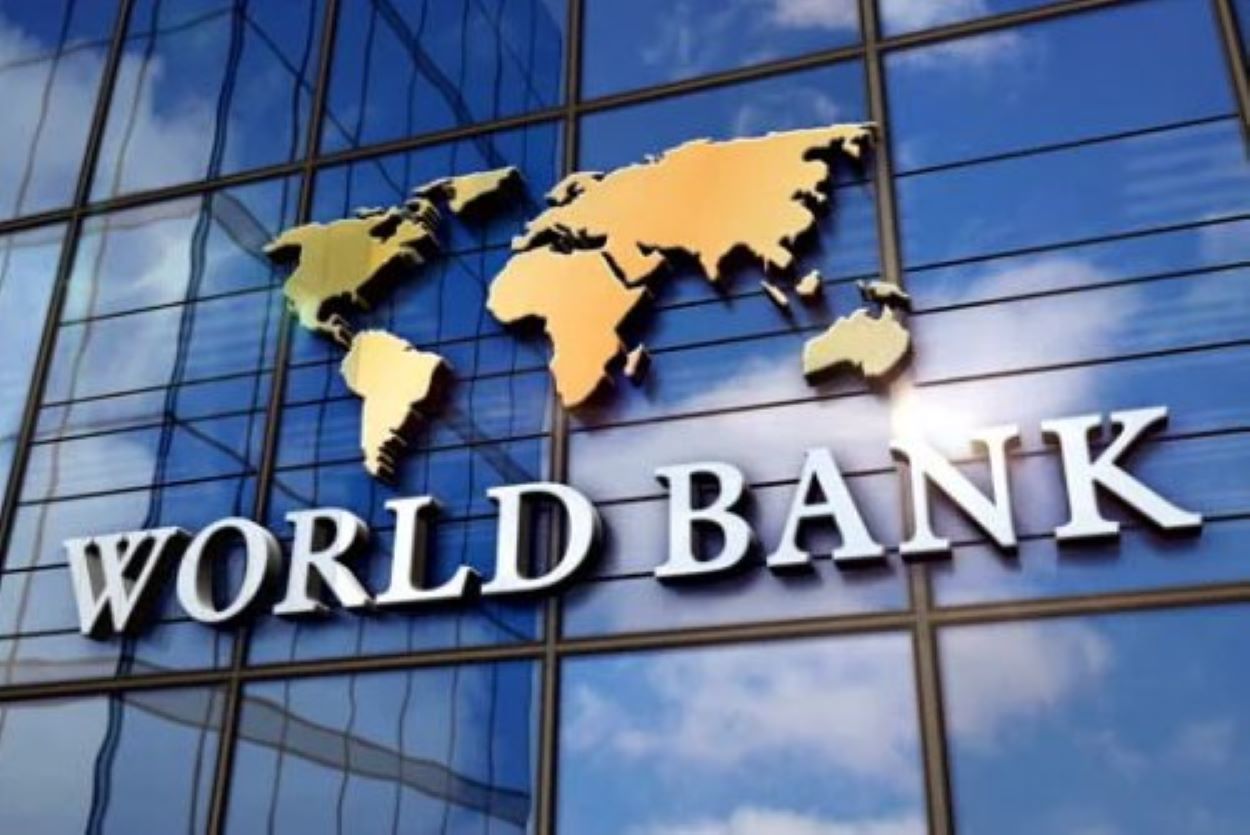The World Bank’s October 2025 MENAAP Economic Update projects Pakistan’s real GDP growth at 2.6% for FY2025-26, well below the State Bank of Pakistan’s (SBP) 3.25–4.25% range. Floods, inflation, and structural issues dampen recovery. The report contrasts the optimism of the SBP and the Ministry of Finance, highlighting persistent challenges.
Catastrophic floods in Punjab and Sindh slashed agricultural output by 10%. Major crops such as rice, sugarcane, wheat, cotton, and maize suffered, threatening food security and exports. Agriculture, which employs 40% of the workforce and accounts for 20% of GDP, faces water shortages and damaged irrigation systems. Inadequate disaster preparedness exacerbates the impact, potentially leading to supply-side inflation.
Pakistan’s trade deficit surged 46% in September 2025 to $3.34 billion, with imports up 14% to $5.85 billion and exports down 11.7% to $2.5 billion. For July–September, the gap increased by 32.9% to $9.37 billion, according to the Pakistan Bureau of Statistics. US tariffs in 2025 may cut exports by 1.5%, straining the rupee and reserves.
Read: Pakistan GDP Growth to Hit 3.2% in FY26, Says SBP
The Federal Board of Revenue missed its Q1 FY26 target by Rs198 billion, collecting Rs2.88 trillion against Rs3.083 trillion. The National Tariff Policy (2025–2030) aims to halve tariffs; however, the benefits hinge on successful logistics and energy reforms.
Poverty rates soared from 16.5% in 2018 to 46% in 2023 at the $3/day threshold, with 90% of the population living below $4.2/day. Floods, inflation, and the pandemic reversed progress, fueling food insecurity and informal work. Fiscal constraints limit the availability of safety nets, thereby risking social instability.
Female labor participation lags at 21%, despite education gains. The World Bank estimates that removing barriers could boost GDP per capita by 20–30%. However, social norms, safety issues, and lack of childcare hinder progress. Targeted policies, such as safe transportation and legal protections, are crucial.
Floods in 2022 and 2025 cost billions, diverting funds from development. Without climate resilience investments, growth falters. Debt servicing consumes revenue, limiting fiscal space amid reliance on IMF and bilateral loans.





